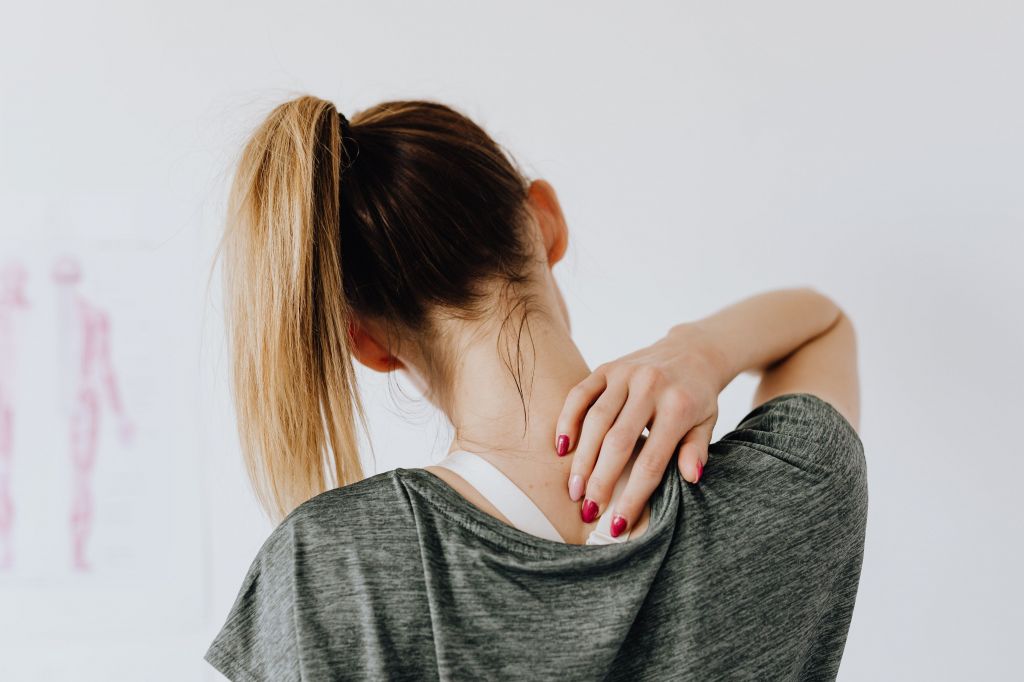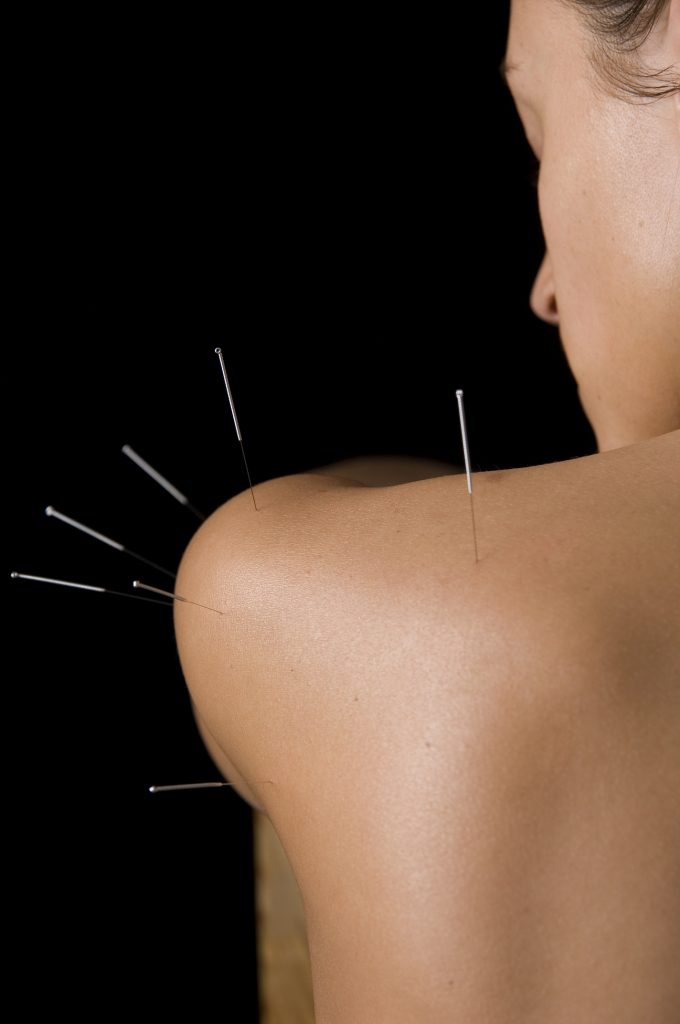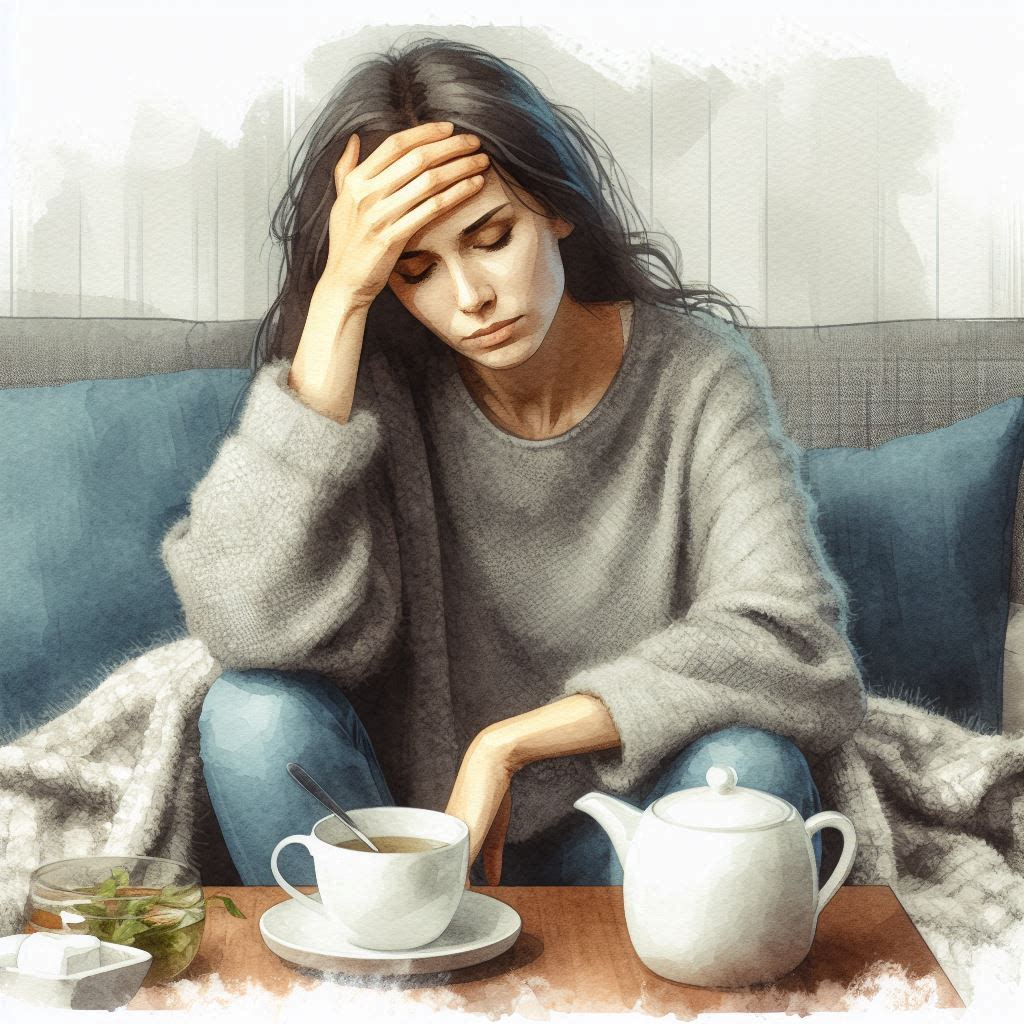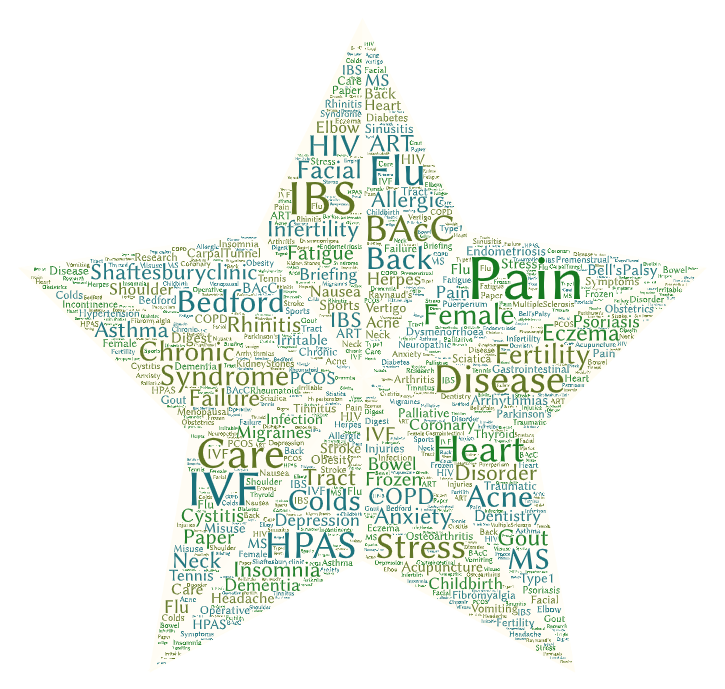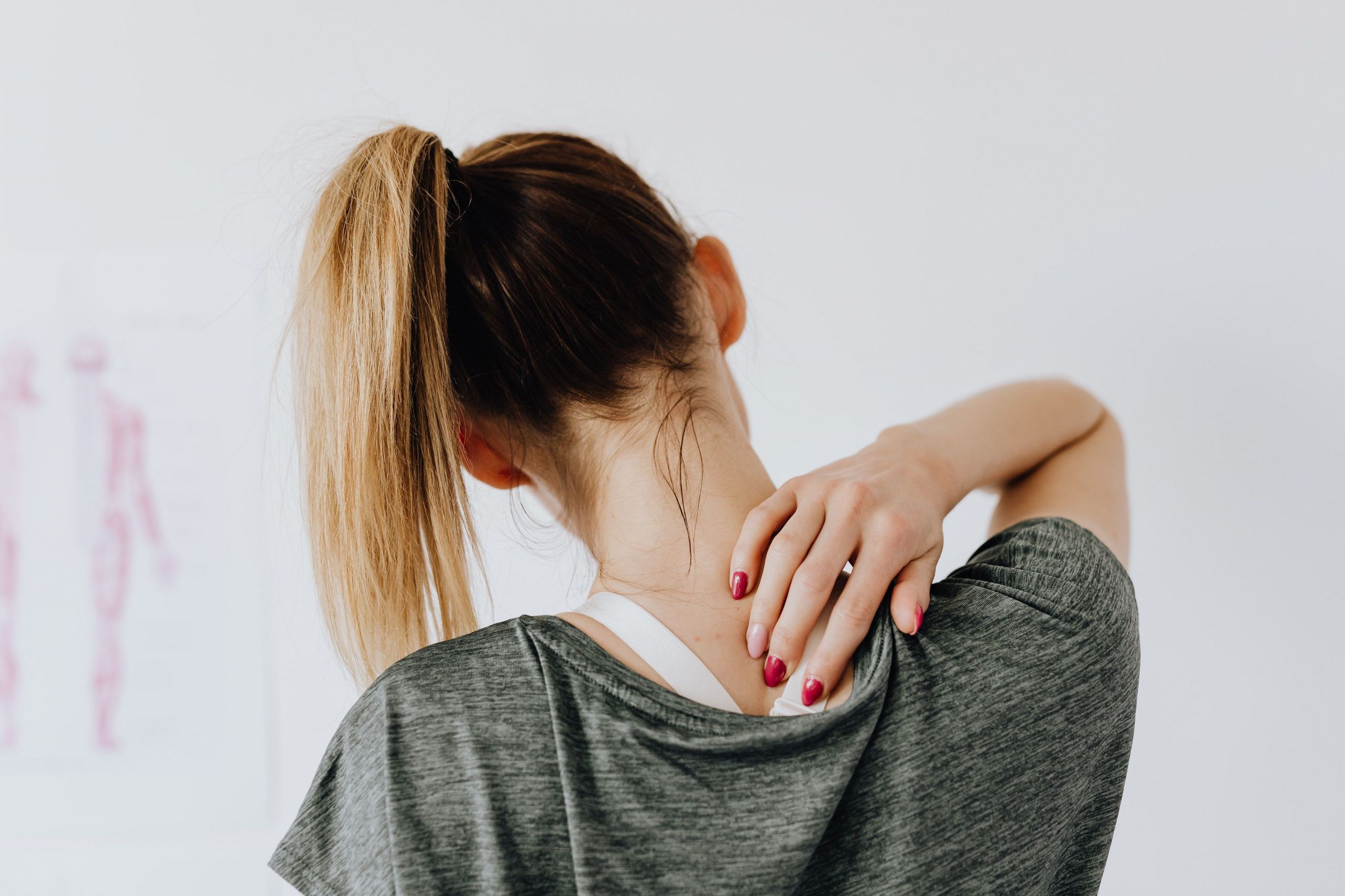Important to know: Chronic health conditions should be addressed under direct medical supervision of your GP or consultant, and acupuncture would be an adjunct or complement to usual care – we advise that you let you doctor know when you use this approach.
1.1m people in the UK suffer with back pain every year. Evidence based research has shown that acupuncture is significantly better than no treatment, and better or equal to standard medical care for back pain (BAcC factsheet – see link below). Evidence suggests acupuncture may be a useful adjunct to your usual medical care, and it is important to let you doctor know if you choose to use it alongside the standard approach.
The British Acupuncture Council also has this interesting video from a patient perspective of a patient and acupuncturist discussing his use of acupuncture for back pain, and showing a treatment taking place: you can find it here. A further video from the British Acupuncture Council of another patient for low back pain is also available here
About the research:
Any research articles referred to on this page (and on the BAcC helpsheets) are listed in full in the References section at the foot of the relevant page. Within the text, where studies are quoted as sources of the information being given, the first author’s name and the year of the paper is used (as authors usually have numerous publications), with the full title, journal, etc listed in the References section, in alphabetical order by Author surname to enable identifying and finding the original source paper.
Research and Resources on Back Pain and Acupuncture:
A scholarly search of the available research studies on “acupuncture” + “back pain” reveals over 58,000 papers from journals, and narrowing this to “RCT” leads to over 7,750 hits, of which over a third have been carried out since 2017. As regards a search on “acupuncture” + “sciatica” in scholarly research, this yields over 11,200 papers, and narrowing this to “RCT” leads to over 1,330 hits, of which just under a third have been carried out since 2017. From this we can deduce that acupuncture is being used traditionally and currently in these area; being scientifically researched in this area, and with an increasing pace of research being carried out – indicating an area worthy of scientific appraisal and consideration.
Interpreting the research:
When reading health research, it is important to know that Systematic Reviews or Meta Analyses of a large number of high-quality research studies are the very best way to be able to say to what extent a given treatment can address a condition, symptom, or set of symptoms. The next best level of evidence is the individual Randomised Controlled Study (RCT) which uses a systematic technique to compare two or more groups of patients receiving different treatments (or a treatment against a “control”, or no treatment). In acupuncture trials, the nature of the control group is of particular interest as it is hard to blind a patient to whether they are having a needle inserted or not, and even more challenging to blind the researcher/team to this.
The means and quality of how research is carried out varies considerably from country to country, and in terms of how an intervention is compared to another intervention (or a control). Of note is the fact that “sham” acupuncture (where needles are placed in apparently inert locations rather than traditional acupuncture points) is not really an inert process as it has physiological effects, so that comparing sham and “true acupuncture” may therefore not give a clear picture alone; but and form a part of a research body where acupuncture versus no treatment, vs conventional treatment or vs a different approach/modality also form part of the evidence base.
The n= figure (where quoted in research) tells you how many people were participants in the study, and usually the larger a study (when it is of good quality and design), the more likely it is to be reliable and applicable to larger populations. When (statistical) “significance” is discussed in view of studies it has a very particular meaning – it is the confidence in the data (using statistical tests) that tells us how likely a result could have just come about by chance. The lower the possibility of a chance result, the more likely it is due to the intervention in the experiment. When you are reading a trial/study, the “p” is the number telling us of significance, and this must be under 5% (or p less than 0.05) to mean we can say it is a (statistically) “significant” result.
Chronic Pain in General
“Acupuncture is effective for the treatment of chronic musculoskeletal, headache, and osteoarthritis pain. Treatment effects of acupuncture persist over time and cannot be explained solely in terms of placebo effects. Referral for a course of acupuncture treatment is a reasonable option for a patient with chronic pain”. (Vickers et al, 2018: large chronic pain review of high quality RCTs updating a previous meta-analysis; 39 trials, n=20827; conditions addressed chronic headache, back/neck pain and osteoarthritis)
Another recent overview (Yin et al, 2017) confirms that there is increasing evidence for acupuncture as an effective, safe, and cost-effective intervention in chronic low back, neck, shoulder, and knee pain, as well as headaches.
The NHS body in charge of which treatments should be used in particular conditions recommends acupuncture for chronic pain: The NICE Scenario Management guidelines (2021) for chronic pain state: “consider a course of acupuncture or dry needling, within a traditional Chinese or Western acupuncture system”
Overall, a large systematic review has found acupuncture a cost effective intervention for several painful conditions (Ambrósio et al, 2012).
Back pain
Back pain is the single most common condition for which patients seek acupuncture, and many parts of the NHS either offer or recommend acupuncture for back pain, with over 100 clinical practice guidelines worldwide giving positive recommendations for acupuncture for back pain (Birch et al, 2018). The Scottish Intercollegiate Guidelines Network recommends acupuncture for back pain.
Back pain was included in large chronic pain review of RCTs updating a previous meta-analysis (Vickers et al, 2018; 39 trials, n=20827) acupuncture showed a significant clinical superiority over usual care and a smaller advantage over sham. The researchers found that treatment effects persisted over time and couldn’t be explained solely in terms of placebo effects, meaning that acupuncture treatment was a reasonable option for some types of chronic pain, including back pain.
The American College of Physicians’ clinical practise guidelines nonpharmacologic treatment options for low back pain reviewed new evidence and found acupuncture useful for pain relief and to some extent function, although they had reservations about the strength of the evidence, meaning long term studies are needed (Chou et al, 2016, 2017).
The Clinical Practise Guidelines for managing low back pain, a systematic review on 13 sets of guidelines by the Ontario Protocol for Traffic Injury Management (OPTIMa) Collaboration looked at non-invasive techniques including acupuncture – acupuncture was one of the top recommended (non-invasive) interventions in the guidelines, where 10 sessions over 12 weeks was the recommended intervention for low back pain, and commented that high-quality guidelines support this whilst underlining that different techniques have different levels of effectiveness (Wong et al, 2017).
Another recent overview (Yin et al, 2017) confirms that there is increasing evidence for acupuncture as an effective, safe, and cost-effective intervention in chronic low back pain.
A US government’s National Institutes of Health: “Clinical practice guidelines issued by the American Pain Society and the American College of Physicians in 2007 recommend acupuncture as one of several nondrug approaches physicians should consider when patients with chronic low-back pain do not respond to self-care (practices that people can do by themselves, such as remaining active, applying heat, and taking pain-relieving medications).” (NCCIH, 2022).
Sciatica
Sciatica is also known by its medical name lumbar radiculopathy, and is where nerves become impinged in the lower back, causing referred pain and neurological (nerve-related) symptoms into the areas that nerve supplies, usually buttock and lower limb.
Evidence suggests acupuncture may provide pain relief in sciatica; RCTs such as Wang (2009; n=139) comparing acupuncture and TENS and finding in favour of acupuncture; another finding for acupuncture’s effectiveness along with an increase in pain threshold in the true acupuncture group (Chen et al, 2009; n=90).
Other studies have looked at how the above may come about, for example Inoue et al (2008), in a clinical trial where patients had improvement in pain and nerve symptoms from lower back impingement, and put forward the theory that as seen in animal studies the blood flow in the region of the sciatic nerve was modulated by acupuncture, as well as the well known mechanisms of action of acupuncture in pain relief and inflammation reduction.
A network meta-analysis comparing 21 different therapies for sciatica (Lewis et al, 2015), finding acupuncture the second-best therapy in terms of addressing pain intensity and in terms of overall effect and having a statistically significant effect, leading them to suggest it should be considered as a treatment option.
Mechanisms of Action
Acupuncture stimulates the body to create its own natural painkilling substances, such as Beta Endorphins (β-Endorphin). In studies acupuncture has been shown to stimulate the production of natural painkillers called opioid-like peptides (OLPs), including β-Endorphin: For example, this was shown in an RCT in 90 patients with a range of painful disorders (Petti et al, 1998). The same study showed acupuncture also and enhanced the activity of immune cells (lymphocytes, natural killer cells and monocytes) that help fight infections and diseases (Petti et al, 1998).
Acupuncture can activate mast cells at acupoints, which release histamine, serotonin, adenosine, and other mediators that modulate nerve transmission and inflammation (Li et al, 2022)
Regarding Your Individual Condition and Symptoms:
Whilst the scientific studies are of great interest to researchers and acupuncturists in terms of comparing protocols, for the patient not versed in research they are less accessible, which is why when we asked “can acupuncture work for my (condition or symptom”) we are not able to give a simple yes or no response. We are able to tell you from our combined decades of experience in practise, of the types of outcomes we have seen in similar cases, and give you an idea of our level of experience and knowledge in that area, and how this could relate to your own individual situation. For this, we recommend booking a free telephone consultation where we can answer any questions you have and give a realistic appraisal of what acupuncture may be able to provide.
Resources:
You may also find this of interest; our blog on the NICE (NHS regulatory body) guidelines, where NCE recommended acupuncture use for chronic pain, in an evidence based review: Blog on acupuncture and chronic pain
British Acupuncture Council evidence based factsheet about back pain including specific research, trials and mechanisms of action for acupuncture in this condition.
Evidence Based Acupuncture Factsheet on Pain
References:
General Chronic Pain References:
Ambrósio, E.M.M., Bloor, K. and MacPherson, H., 2012. Costs and consequences of acupuncture as a treatment for chronic pain: a systematic review of economic evaluations conducted alongside randomised controlled trials. Complementary therapies in medicine, 20(5), pp.364-374.
Birch, S., Lee, M.S., Alraek, T. and Kim, T.H., 2018. Overview of treatment guidelines and clinical practical guidelines that recommend the use of acupuncture: a bibliometric analysis. The Journal of Alternative and Complementary Medicine, 24(8), pp.752-769.
Li, Y., Yu, Y., Liu, Y. and Yao, W., 2022. Mast cells and acupuncture analgesia. Cells, 11(5), p.860.
Petti, F.., Bangrazi, A., Liguori, A., Reale, G. and Ippoliti, F., 1998. Effects of acupuncture on immune response related to opioid-like peptides. Journal of Traditional Chinese Medicine 18(1), pp.55-63.
NICE 2021 Chronic pain: Scenario: Management Last revised in April 2021
Vickers, A.J., Vertosick, E.A., Lewith, G., MacPherson, H., Foster, N.E., Sherman, K.J., Irnich, D., Witt, C.M., Linde, K. and Acupuncture Trialists’ Collaboration, 2018. Acupuncture for chronic pain: update of an individual patient data meta-analysis. The Journal of Pain, 19(5), pp.455-474.
Yin, C., Buchheit, T.E. and Park, J.J., 2017. Acupuncture for chronic pain: an update and critical overview. Current opinion in anaesthesiology, 30(5), pp.583-592.
Back Pain References:
Vickers, A.J., Vertosick, E.A., Lewith, G., MacPherson, H., Foster, N.E., Sherman, K.J., Irnich, D., Witt, C.M., Linde, K. and Acupuncture Trialists’ Collaboration, 2018. Acupuncture for chronic pain: update of an individual patient data meta-analysis. The Journal of Pain, 19(5), pp.455-474.
Birch, S., Lee, M.S., Alraek, T. and Kim, T.H., 2018. Overview of treatment guidelines and clinical practical guidelines that recommend the use of acupuncture: a bibliometric analysis. The Journal of Alternative and Complementary Medicine, 24(8), pp.752-769.
Chou, R., Deyo, R., Friedly, J., Skelly, A., Hashimoto, R., Weimer, M., Fu, R., Dana, T., Kraegel, P., Griffin, J. and Grusing, S., 2017. Nonpharmacologic therapies for low back pain: a systematic review for an American College of Physicians Clinical Practice Guideline. Annals of internal medicine, 166(7), pp.493-505.
Chou, R., Deyo, R., Friedly, J., Skelly, A., Hashimoto, R., Weimer, M., Fu, R., Dana, T., Kraegel, P., Griffin, J. and Grusing, S., 2016. Noninvasive treatments for low back pain.
NCCIH (2022) LINK: https://www.nccih.nih.gov/health/acupuncture-in-depth viewed GMT19:52 11/08/22
Wong, J.J., Côté, P., Sutton, D.A., Randhawa, K., Yu, H., Varatharajan, S., Goldgrub, R., Nordin, M., Gross, D.P., Shearer, H.M. and Carroll, L.J., 2017. Clinical practice guidelines for the noninvasive management of low back pain: A systematic review by the Ontario Protocol for Traffic Injury Management (OPTIMa) Collaboration. European journal of pain, 21(2), pp.201-216.
Lewis, R.A., Williams, N.H., Sutton, A.J., Burton, K., Din, N.U., Matar, H.E., Hendry, M., Phillips, C.J., Nafees, S., Fitzsimmons, D. and Rickard, I., 2015. Comparative clinical effectiveness of management strategies for sciatica: systematic review and network meta-analyses. The Spine Journal, 15(6),
Yin, C., Buchheit, T.E. and Park, J.J., 2017. Acupuncture for chronic pain: an update and critical overview. Current opinion in anaesthesiology, 30(5), pp.583-592.pp.1461-1477.
Sciatica References
Chen, M.R., Ping, W., Cheng, G., Xiang, G.U.O., Wei, G.W. and Cheng, X.H., 2009. The warming acupuncture for treatment of sciatica in 30 cases. Journal of Traditional Chinese Medicine, 29(1), pp.50-53
Inoue, M., Kitakoji, H., Yano, T., Ishizaki, N., Itoi, M. and Katsumi, Y., 2008. Acupuncture treatment for low back pain and lower limb symptoms—the relation between acupuncture or electroacupuncture stimulation and sciatic nerve blood flow. Evidence-Based Complementary and Alternative Medicine, 5(2), pp.133-143
Lewis, R.A., Williams, N.H., Sutton, A.J., Burton, K., Din, N.U., Matar, H.E., Hendry, M., Phillips, C.J., Nafees, S., Fitzsimmons, D. and Rickard, I., 2015. Comparative clinical effectiveness of management strategies for sciatica: systematic review and network meta-analyses. The Spine Journal, 15(6), pp.1461-1477.
Wang ZX. [Clinical observation on electroacupuncture at acupoints for treatment of senile radical sciatica]. Zhongguo Zhenjiu 2009; 29(2): 126-8.
